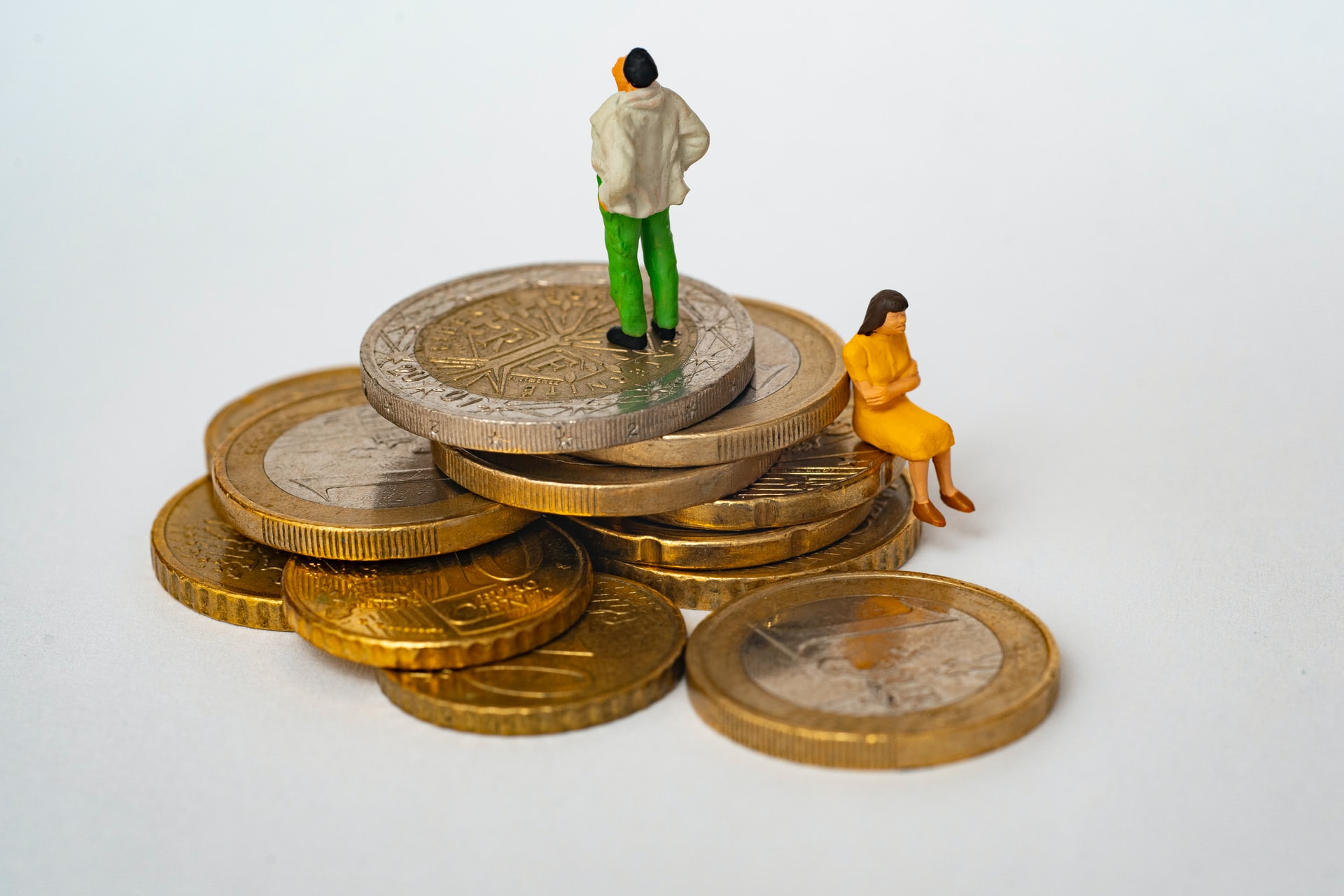What was World War II?
World War II (often abbreviated to WWII or WW2) was a war that took place between 1939 and 1945 and involved many states and countries. Countries that were part of the war would split into two rival forces: Allied powers and Axis powers.
World War 2 was the worst war in recent human history in which 70 to 80 million people died in the fighting, mostly civilians from the USSR (Soviet Russia) and China. It was also during this time that the world witnessed the widespread and systematic genocide of a race, called the Holocaust, it was an operation by Nazi Germany to gather Jews and other minorities within Germany at that time and subjected them to slavery, torture, or execution.
At the time, aircraft and the rapid advancement of technology became a big part of the war. Strategic bombings have become an effective means of fighting in which military bases, roads, bridges, ports, and other important buildings in a country are blown up. Also, during this period, the first- and only time atomic bombs were used against a country.

Summary of the Events of World War II
World War II was split into two stages, in Europe, and in Asia-Pacific. The conflict began in Europe on September 1, 1939, due to Germany’s sudden invasion of the country of Poland. Germany soon declared war on France and Great Britain.
Between 1939 and 1941, Germany was able to occupy large parts of Europe due to aggressive occupation and the formation of treaties, soon resulting in the formation of the Axis Alliance between Germany, Italy and Japan.
In August 1939, Germany and the USSR signed the Molotov-Ribbentrop Pact in which Germany and Russia divided and subjugated the Baltic countries, Finland, Poland, and Romania.
In 1941, Axis powers began to move to Europe to occupy Soviet Russia. Where a large German force got pinned in the western stage of the war in Europe which cause issues towards Germany’s war effort.
In the Pacific, fighting heated up when the Japanese surprise attacked Pearl Harbor in Hawaii on December 7, 1941. This was immediately responded to by the Americans with a declaration of war. The USA expressed support for Great Britain which resulted in Germany and Italy declaring war against the United States.

Japan quickly conquered east Asia and southeast Asia under the belief that it was an act of liberation of fellow Asian countries from foreign western occupiers. Japan placed the countries it occupied within a “Co-Prosperity Sphere”. Though Japan used propaganda to paint itself as a benevolent liberator, its conquest of China, Korea, and the Philippines has filled with reports of brutality, especially against prisoners of war and civilians.
End of World War II
By 1942 and 1943, Axis powers’ victories gradually slowed due to its major defeats in Europe. In the Pacific, Japan’s conquest of the Pacific ceased due to its defeat at the Battle of Midway. German and Italy forces were expelled from North Africa, and Russia was able to defeat Germany and was able to get the Germans out of Stalingrad.
On October 13, 1943, Italy surrendered after the Allied forces were able to gain control of a large part of the Italian territory. A month later Italy declared war on Nazi Germany. Benito Mussolini was rescued by soldiers from Germany and was made into a puppet leader in areas not yet controlled by the Allied, but he was also immediately captured and hanged.
The war in Europe ended with the entry of Allied forces into Germany after a bloody landing on Normandy or better known as D-day, on June 6, 1944. Adolf Hitler committed suicide before he was captured by the Allied and Berlin fell into the hands of the Soviets. On May 8, 1945, Germany surrendered to Allied Powers.
Japan was the last Axis to surrender in the war. After Japan refused numerous calls of unconditional surrender on August 6, 1945, the USA dropped the bomb they were secretly developing during the war on the city of Hiroshima, it was the first atomic bomb. Japan stood firm and showed that it would not give up, the USA dropped the second atomic bomb on the town of Nagasaki on August 9, 1945.

About 150,000 people were killed in Hiroshima and 75,000 in Nagasaki in the four months after the bombs were dropped due to severe radiation poisoning. Half of this number died on the first day of the atomic bomb explosion.

Fearing a third atomic bomb and Russia’s declaration of war against Japan over its attack on Manchuria, on August 15, 1945, Japan surrendered to the Allied Powers.
By the end of this war, the views of different countries in relation to politics, ideology, and alliances changed. The United Nations (UN) was established to promote peace and cooperation between nations to prevent the recurrence of wars such as WWI and WW2. The permanent security council is made up of the founders of the UN, the United States, the United Kingdom, France, the Soviet Union, and China.
Some of the effects of the end of this war were the weakening of the power of European countries in various parts of the world which paved the way for the liberation of colonies in Africa and Asia. Most of the countries destroyed in the war began to focus on rebuilding their economy. Europe was the one that focused on strengthening solidarity between European countries to avoid a major conflict experienced in WW2.
References:








